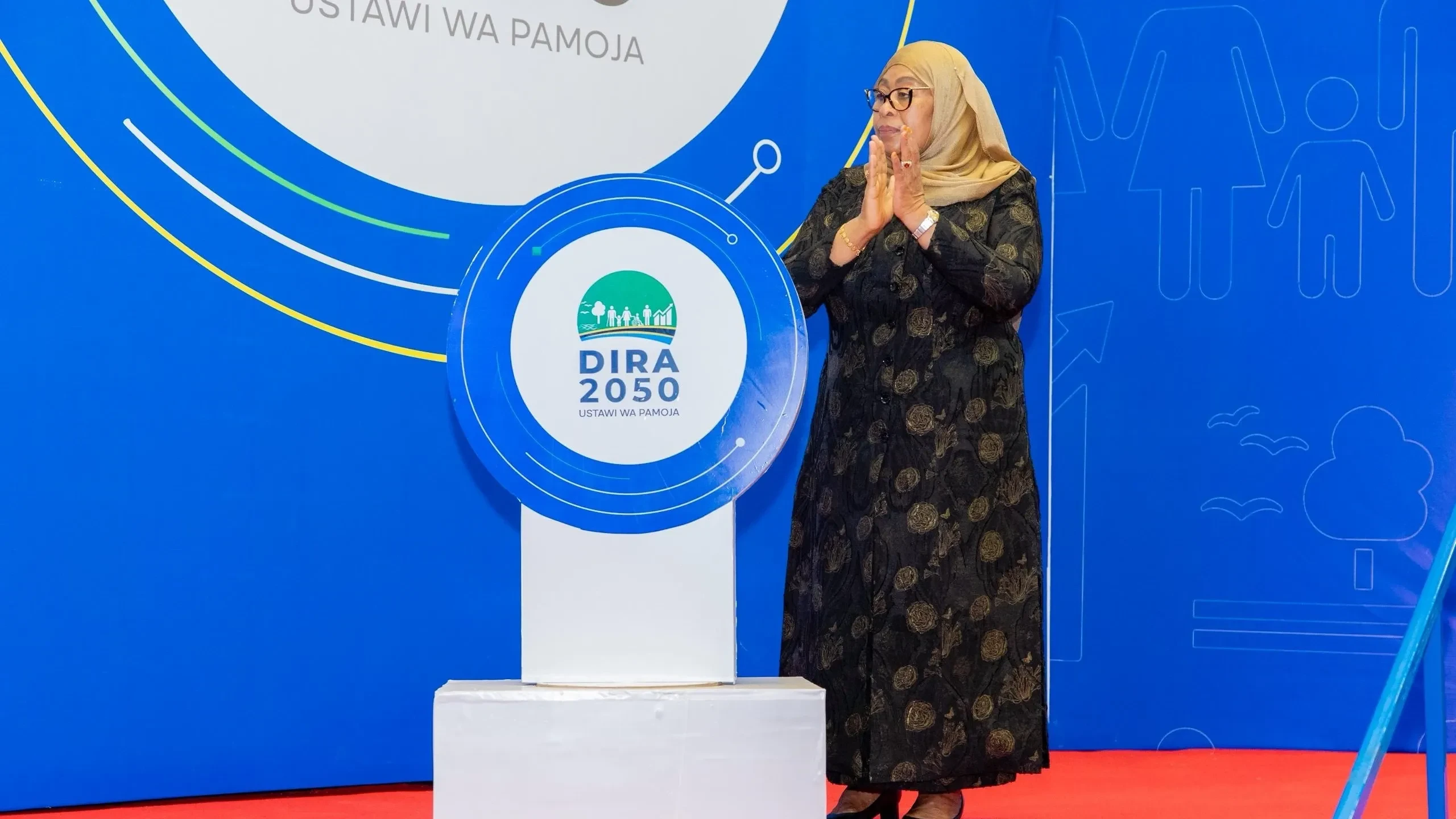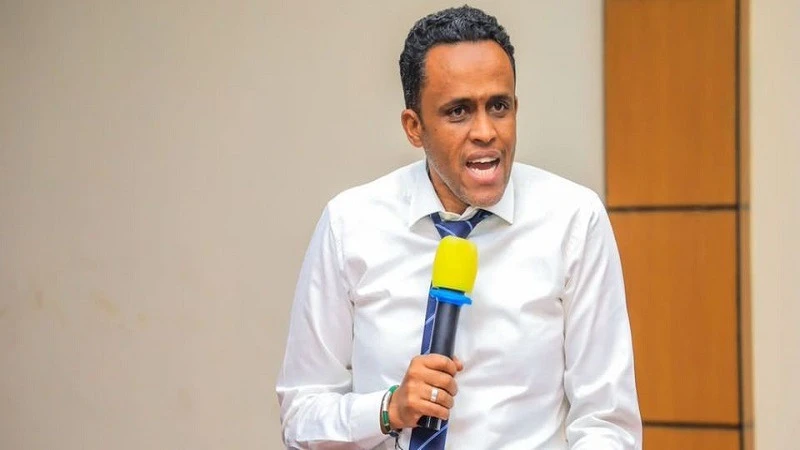Inclusion not enough in UNFPA, Planning Commission work plans over Vision 2050

JUST what implementing Vision 2050 is going to look like is now being examined, with a long-term perspective plan outlining a clear roadmap and strategic intentions towards realising the Vision now being drawn up.
The basic tasks belong to the national Planning Commission but multilateral agencies like UNFPA have lately featured in media orientation on the issue in Dar es Salaam and appear to be concerned over what could happen with regard to the vision.
The UNFPA head of mission has stated that the media have a critical role over Vision 2050 in popularising it and the fact that it is meant to shape an inclusive, sustainable and resilient future for the country.
The UN agency is noticeably focused on the implications of our country’s 2022 Population and Housing Census, having recorded our population as standing at 61.7 million.
The agency’s head of mission noted that, at the current growth rate of 3.2 per cent annually, the population is projected to double in just 22 years –reaching roughly 123.4 million by 2044.
The concern underlined that we need to be worried over these prospects, as a country’s resources or incomes don’t rise in tandem with population, hence spelling a crisis in case ‘business as usual’ is maintained that is how the media orientation delivers lessons.
Those overseeing the orientation noted that this demographic reality sharply indicated the importance of integrating population data into development planning, with the UNFPA enthusiastic about rendering the support it can manage.
The agency’s main interest is that the national development planning process needs to be strengthened with workable systems for population data in various areas in finalising the partnering for awareness and action on Vision 2050.
The current work format demands a medium-term perspective in the form of a five-year intermediate operational plan. Unless this population insight is taken up at the beginning and embedded into the medium-term plan, missed opportunities are later extrapolated into a full-blown population crisis.
It is important to know whether breaking down the long-term plan into annual plans aligned with government budgets will ensure practical and effective implementation towards meeting these acute UNFPA observations.
However, the fact that the agency isn’t the only one involved in the planning context, it finally depends on what we specifically wish to do rather than on how multilateral agencies can credibly improve our copy each time major advisory agencies like the Planning Commission put forward a largely finished outlook for the government to proceed.
Such outline will in the first place reflect the core thinking of the Vision itself, and it is unclear if there is an explicit admission that population growth spells a crisis.
There is every reason to expect that the medium-term plan seeking to translate Vision 2050 into actionable programmes as well as annual plans intended for enable spot monitoring and furnishing of updates based on national priorities and available resources will be technically proficient.
Yet, as UN agencies including UNFPA point out, training in skills meant to meet expectations of the rising population could be somewhat tricky.
The particular agency had done the right thing in pointing out the population dimension that ought to be examined – well ahead.
Top Headlines
© 2025 IPPMEDIA.COM. ALL RIGHTS RESERVED

















